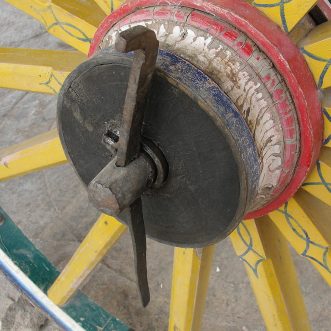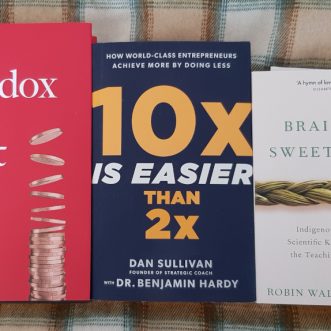
What is this thing we call ‘The Boss’? The team’s view.
‘The Boss’ is a monster.
It makes us Hyde when we want to be Jekyll.
It makes us owls when we want to be flowers.
It makes us angry and resentful when we want to please.
It makes us defensive when we want to improve.
It makes us sullen when we want to co-operate.
It makes us passive when we want to be proactive.
It makes us jobsworth’s when we want to take responsibility.
It makes us dot i’s and cross t’s when we want to be making a dent in the world. A dent that matters.
We can’t ignore ‘The Boss’. We spend all day watching it, second-guessing how it feels, how it will react, covering our backs by passing jobs up. It feels like we care more about ‘The Boss’ than we do about our clients.
It’s everything we hate about being employees – the workflows, the time-sheets, the endless check-ins, the inability to fix things we know are wrong, never getting to see the big picture – everything that gets in the way of doing a great job. Everything that stops us focussing on what really matters – the client.
No wonder we can’t wait to get away of an evening.
‘The Boss’ is a monster.
We know exactly who it is. And we don’t care who knows it.
It’s not a monster.
It’s just a gap.
When you close it, ‘The Boss’ will disappear.
And everyone will be free.
Discipline makes Daring possible.








